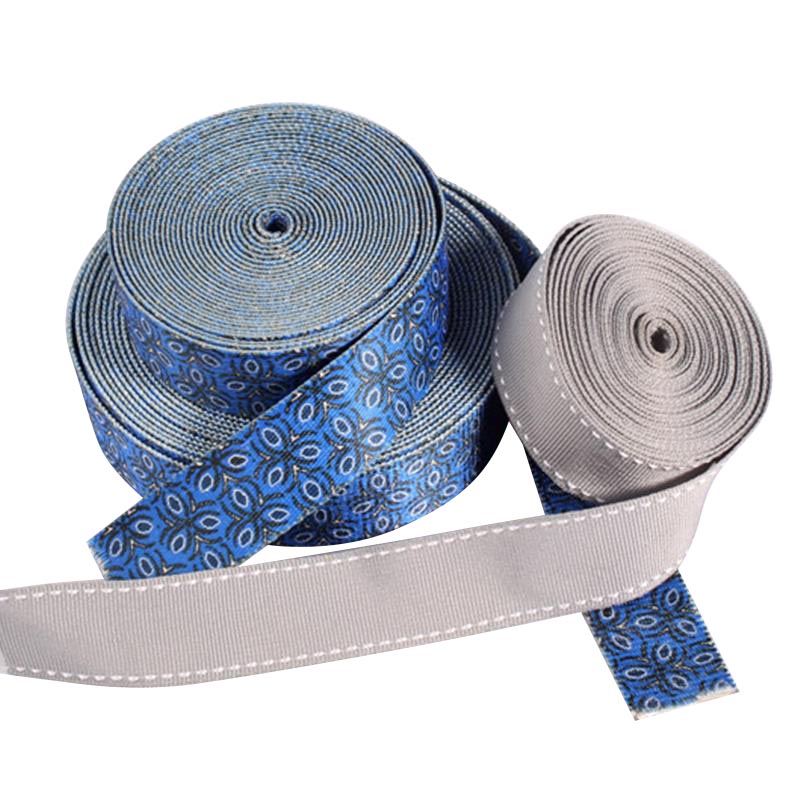The Process and Future of Recycled Polyester Nonwoven Fabric
2024-07-15
Introduction
The quest for sustainable materials has led to significant advancements in textile manufacturing. One of the frontrunners in this revolution is recycled polyester nonwoven fabric. This fabric combines the benefits of polyester with the environmental advantages of recycling, making it a popular choice across industries. In this blog, we will explore the process of creating recycled polyester nonwoven fabric and what the future holds for this innovative material.
The Recycling Process
1. Collection: The process begins with the collection of post-consumer and post-industrial polyester waste. This includes plastic bottles, discarded garments, and other polyester products.
2. Cleaning and Sorting: The collected waste is thoroughly cleaned to remove any contaminants. It is then sorted based on the type of polyester to ensure uniformity in the recycling process.
3. Shredding: The cleaned polyester waste is shredded into small pieces. This step is crucial for breaking down the material into a manageable form for further processing.
4. Melting and Extrusion: The shredded polyester is melted and extruded to form new fibers. This process helps in creating fibers that are similar in quality to virgin polyester.
5. Formation of Nonwoven Fabric: The recycled polyester fibers are bonded together using mechanical, chemical, or thermal methods. This bonding process forms the nonwoven fabric, which can then be treated to achieve desired properties such as softness, strength, and flexibility.
Advantages of the Recycling Process
1. Resource Conservation: Recycling polyester reduces the need for virgin polyester, conserving petroleum and other natural resources.
2. Waste Reduction: By repurposing waste materials, the recycling process significantly reduces the amount of waste that ends up in landfills.
3. Energy Efficiency: Producing recycled polyester consumes less energy compared to manufacturing virgin polyester, leading to lower greenhouse gas emissions.
4. Economic Benefits: The recycling process can lower production costs, making sustainable products more affordable for consumers.
Future Trends in Recycled Polyester Nonwoven Fabric
1. Technological Advancements: Innovations in recycling technology are making it easier and more efficient to recycle polyester. New methods are being developed to improve the quality and performance of recycled fibers.
2. Increased Demand: As awareness of environmental issues grows, the demand for sustainable materials like recycled polyester nonwoven fabric is expected to rise. This increased demand will drive further investment in recycling infrastructure.
3. Regulatory Support: Governments and regulatory bodies are introducing policies and incentives to promote the use of recycled materials. This support will encourage more companies to adopt recycled polyester nonwoven fabric in their products.
4. Diverse Applications: The versatility of recycled polyester nonwoven fabric means it can be used in a wide range of applications. Future developments may see its use in new and innovative products, further expanding its market reach.
Conclusion
Recycled polyester nonwoven fabric is at the forefront of the sustainable materials movement. Its production process not only conserves resources and reduces waste but also offers numerous advantages in terms of cost and performance. With technological advancements and growing demand, the future of recycled polyester nonwoven fabric looks promising. As we continue to prioritize sustainability, this innovative material will play a crucial role in shaping a more eco-friendly world.



